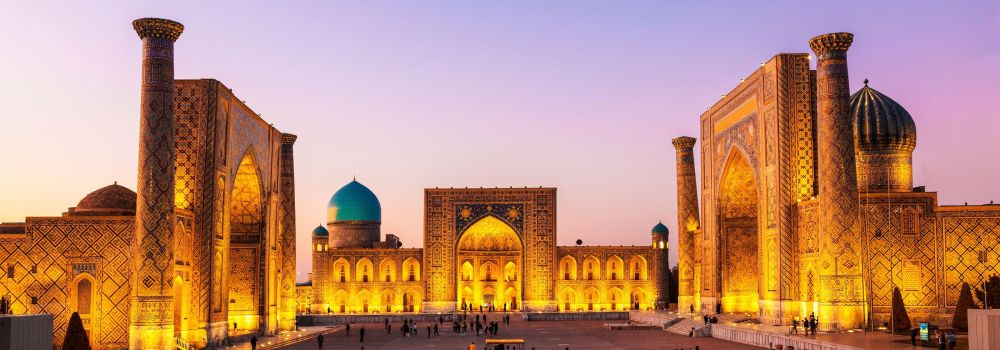

Samarkand, the jewel of ancient and modern Uzbekistan, has a storied past intertwined with the history of human civilization. It is one of the oldest inhabited cities in Central Asia, prospering from its strategic location on the Silk Road, the ancient trade network connecting the East and West. Samarkand has been a magnet for cultural exchange, trade, and enlightenment, attracting travelers, scholars, and traders throughout history.
The city's role as a focal point of world tourism can be traced back to its time under Alexander the Great in the 4th century BC when it began to gain prominence. The subsequent rule of the Persian Empire and later the conquest by the Arab Caliphate in the 8th century brought Islam and a new wave of architectural and cultural developments. However, it was during the reign of Tamerlane (Timur) in the 14th century when Samarkand truly became a world-renowned center of art and learning. This era saw the construction of spectacular buildings such as the Registan Square, Bibi-Khanym Mosque, and Gur-e-Amir Mausoleum, the architectural masterpieces that continue to draw visitors today.
Modern tourism in Samarkand began to develop significantly following Uzbekistan's independence from the Soviet Union in 1991. The city, along with the country's rich heritage, opened up to international visitors. Recognizing the potential of its historical monuments, Uzbekistan undertook numerous restoration and preservation projects to revive the glory of Samarkand's landmarks.
Today, Samarkand is experiencing a tourism renaissance. The Uzbek government's focus on easing visa restrictions and improving transport links, including the high-speed Afrosiyob train, has made the city more accessible than ever. Sustainable tourism is also a growing trend, with initiatives aimed at preserving the cultural and historical integrity of Samarkand while accommodating its visitors.
In the digital age, the city is gaining popularity on social media platforms, with travelers sharing the mesmerizing beauty of its azure mosaics and grandiose architecture. Culinary tourism is also on the rise, with Uzbek cuisine gaining international recognition.
As Samarkand continues to evolve as a travel hotspot, visitors can expect to immerse themselves in a city that honors its legendary past while engaging with the present. The local hospitality culture, combined with the awe-inspiring historical context, makes Samarkand not just a destination but a timeless journey into the heart of the Silk Road.